Occupational Safety Training for Construction Vehicle Operation
99,000 ₫
Note: The above price is calculated for one person and may fluctuate depending on the number of course participants and market movements. For more accurate pricing support, please refer to the pricing table or contact our consulting staff directly.
Occupational safety is an important issue when operating construction vehicles and needs to be addressed promptly to ensure the health and safety of workers and enhance the reputation of businesses here. The Occupational Safety Training course is one of the effective solutions to raise awareness about accident prevention for workers operating construction vehicles.
Table of Contents
Toggle1. Overview of Construction Vehicles
a. What are construction vehicles?
Construction vehicles are types of vehicles and machinery used in the process of building structures, such as houses, bridges, buildings, and other construction projects. These vehicles include:
- Excavators: Used for digging, dredging, and moving soil, rocks, sand, and other construction materials.
- Dump trucks: Used to transport and unload goods and construction materials from one location to another.
- Concrete mixers: Used to mix and transport concrete to construction sites.
- Cranes: Used to lift and move heavy materials during construction, such as reinforced steel, piles, and other building materials.
- Forklifts: Used to lift and place construction materials on higher floors of buildings and structures.
- Bulldozers: Used to level ground surfaces or roads before construction.
- Snowplows: Used in winter to remove snow from roads and construction sites.
These vehicles play an important role in executing construction projects, improving work efficiency, and reducing the time needed to complete construction works.

b. Applications of construction vehicles in construction projects
Construction vehicles play an important role in building projects from small to large scales. Here are some important applications of construction vehicles in the construction industry:
- Excavation and Digging: Excavators and digging machines are used to dig soil, rock, and prepare the ground surface for construction projects such as houses, buildings, roads, and underpasses.
- Material Transport: Dump trucks and trucks are essential for transporting and supplying construction materials such as sand, rocks, concrete, bricks, and other construction materials to the construction site.
- Concrete Mixing and Distribution: Specialized concrete mixers are used to mix and transport concrete from batching plants to required points on the construction site.
- Lifting and Moving Heavy Materials: Cranes and forklifts are used to lift and move heavy materials like reinforced steel, piles, and other construction components to required locations.
- Surface Leveling: Bulldozers are used to level the ground, roads, and parking areas before construction or after project completion.
- Traffic and Road Maintenance: Road cranes and snowplows are used to maintain and repair roads, bridges, and traffic infrastructure.
- Underpass Construction: In building underpasses, tunnel drilling machines and excavation vehicles play an important role in creating underpasses and tunnels.
- Bridge Construction: Cranes and specialized construction machinery are used to build and maintain bridges.

c. Industries that use construction vehicles
The main industries that use construction vehicles include:
- Construction Industry: This is the primary industry using construction vehicles to build structures such as houses, buildings, bridges, and public infrastructure.
- Transport Industry: The transport sector uses construction vehicles to build and maintain roads, bridges, ports, and other transport facilities.
- Mining and Metallurgy: In mining resources such as coal, iron ore, and gold, construction vehicles are used to excavate and transport materials.
- Energy Industry: In energy production, these vehicles can be used to construct and maintain energy projects such as power plants, biogas stations, and thermal power stations.
- Environmental and Waste Management: Companies in environmental services use construction vehicles to build and manage waste treatment facilities, such as landfills and wastewater treatment plants.
- Agriculture: In agriculture, construction vehicles can be used to level land, dig wells, build agricultural facilities, and perform other tasks related to agricultural development.
- Industry and Manufacturing: In industrial production, construction vehicles can be used to build and maintain manufacturing facilities and factories.
- Urban Development: In urban development, construction vehicles play an important role in building roads, drains, and other urban infrastructure.
2. Overview of Construction Vehicle Operation Safety Training
a. What is occupational safety training?
- Occupational safety training for construction vehicle operation consists of sessions that provide awareness on preventing work-related accidents for employees. Workers who directly operate construction vehicles fall under group 3.
- The safety training course helps employees recognize and avoid hazards, reducing the risk of workplace accidents while working.
REGISTER FOR OCCUPATIONAL SAFETY TRAINING SERVICE
b. Training Duration
Initial Safety Training Duration
- Total training hours is at least 24 hours, including exam time.
- 8 hours of theory on safety and occupational hygiene policies and laws
- 8 hours of theory on basic safety and occupational hygiene knowledge
- 4 hours of theory on specialized training content
- 2 hours of practical training on specialized content
- 2 hours of theoretical examination at the end of the course
The training center will divide the duration into multiple sessions depending on the workers’ schedule. Usually, there are 6 training sessions over 3 days, provided the company can arrange continuous study time.
Periodic Safety Training Duration
- Before the occupational safety card expires, employees wishing to renew it must complete periodic occupational safety training, with periodic training duration at least 50% of the initial training duration.
Explanation: The total duration of periodic occupational safety training is at least 12 hours, including exam time. After completing the periodic training and passing the test, employees will be reissued or renewed their occupational safety card.
c. Training Content
| No. | TRAINING CONTENT | TRAINING HOURS (HOURS) | |||
| Total | Including | ||||
| Theory | Practical | Examination | |||
| I | Policies and laws on occupational safety and hygiene | 8 | 8 | 0 | 0 |
| 1 | Overview of legal documents on occupational safety and hygiene. | 6 | 6 | ||
| 2 | System of safety and occupational hygiene standards and regulations. | 1 | 1 | ||
| 3 | Specific regulations by state management agencies on occupational safety and hygiene when constructing, expanding, or renovating facilities, and for the use, storage, and inspection of machinery, equipment, materials, and substances with strict safety requirements. | 1 | 1 | ||
| II | Basic knowledge on occupational safety and hygiene | 8 | 8 | 0 | 0 |
| 1 | Basic knowledge of hazardous and harmful factors in the workplace. | 4 | 4 | ||
| 2 | Methods to improve working conditions. | 1 | 1 | ||
| 3 | Safety culture in production and business. | 1 | 1 | ||
| 4 | Rights and responsibilities of employers and employees; policies and regimes on occupational safety and hygiene; functions and duties of safety officers. | 1 | 1 | ||
| 5 | Occupational safety rules, signage, safety guidance, use of safety equipment and personal protective equipment; first aid skills, prevention of occupational diseases. | 1 | 1 | ||
| III | Specialized training content | 6 | 4 | 2 | 0 |
| Comprehensive knowledge about machinery, equipment, and hazardous substances; analysis, evaluation, and management of occupational safety risks; safe work procedures with machines, equipment, and substances with strict safety requirements. | 6 | 4 | 2 | ||
| IV | Final examination of occupational safety training | 2 | 2 | 0 | 0 |
| Total | 24 | 22 | 2 | ||
See more training content of 6 groups
d. Occupational safety card
After completing the occupational safety training and passing the exam, employees will be issued a safety card (commonly called occupational safety certificate for group 3).
The group 3 safety card shows information such as full name, date of birth, job, and specific working environment. It also includes training duration, official seal, and signature confirming course completion.
According to regulations stated in clause 2 of Article 24, Decree 44/2016/ND-CP, there are two cases:
- If the employer and employee have a labor contract, the employer must sign, stamp, and validate the safety card for the group 3 employee after completing the training from the occupational safety training unit and passing the exam.
- If the employee is freelance, seasonal, without a labor contract, the training unit must sign, stamp, and validate the safety card after completing the training and passing the exam.

3. Hazards when operating construction vehicles
Operating construction vehicles can face many hazards, and safety is always a top priority. Below are some key hazards that construction vehicle operators may encounter:
- Risk of Traffic Accidents: Construction vehicles often operate in street and construction site environments, where other vehicles are present. Traffic accidents can occur if traffic laws are not followed or attention is insufficient.
- Risk of Falling Materials and Collisions: Construction vehicles often move and work near heavy materials and large tools. The risk of falling materials or collisions with these objects can cause injuries or equipment damage.
- Technical and Operational Skills: Improper use of construction vehicles or failure to follow manufacturer instructions can cause technical failures and compromise safety.
- Risk of Tipping and Loss of Control: Construction vehicles, such as excavators and dump trucks, can easily tip over if not used correctly or on unstable terrain. Loss of vehicle control can also occur on slippery or rough roads.
- Risk of Fire and Explosion: Fuel and machinery systems in construction vehicles can pose fire and explosion risks, especially in environments with petroleum or chemicals.
- Operating in Unsuitable Conditions: Construction vehicles need to be operated in suitable conditions. Operating in bad weather, such as heavy rain or snow, can increase accident risks.
- Risk of Electrical Shock: Construction vehicles may come into contact with wires or other electrical systems, causing voltage and electrical hazards.
- Failure to Follow Safety Rules: Not following safety rules and regulations can create dangerous situations and accidents.
To reduce risks and ensure safety when operating construction vehicles, operators need safety training, must follow safety rules, and regularly inspect and maintain equipment.
4. Measures to Control Occupational Accidents when Operating Construction Vehicles
Controlling occupational accidents when operating construction vehicles is an important goal to ensure the safety of operators and those around them. Below are some key measures to control occupational accidents in operating construction vehicles:
- Training and Education: Ensure that all operators are trained in the safe and effective use of construction vehicles. This includes mastering safety rules, operational regulations, and emergency procedures.
- Regular Inspection and Maintenance: Perform regular inspections and maintenance of construction vehicles to ensure they are always in perfect and safe condition.
- Use of Protective Equipment: Require operators and other workers to use personal protective equipment (PPE) such as helmets, heat-resistant clothing, gloves, and safety glasses when working around construction vehicles.
- Work Environment Check: Ensure that the environment around construction vehicles is safe, free of foreign materials or people obstructing vehicle operations. Remove any barriers or potential hazards.
- Speed and Safety Monitoring: Adhere to speed limits and always follow traffic laws when operating construction vehicles on public roads.
- Weather Monitoring: Check and update weather conditions before working outdoors, especially in heavy rain, snow, or adverse weather.
- Compliance with Safety Rules: Follow all safety rules and manufacturer or company operating instructions. Never exceed the vehicle’s capacity or intended use.
- Continuous Evaluation and Improvement: Continuously evaluate operational processes and practices to find opportunities to improve and reduce accident risks.
- Use of Safety Technology and Equipment: Use safety technologies and equipment such as rear cameras, sensors, and warning systems to reduce collision and accident risks.
- Incident Reporting: Ensure that any incidents or accidents are thoroughly reported and investigated to prevent recurrence.
- Periodic Inspection of construction vehicles to detect safety issues such as wear, defects, or mechanical failures early, thereby reducing the risk of occupational accidents.

5. Benefits of Occupational Safety Training
An Toan Nam Viet provides enterprises with the following benefits after completing occupational safety training courses according to Decree 44/2016/ND – CP on occupational health and safety for companies, factories, and businesses:
- Employees can recognize potential occupational hazards and take preventive measures to avoid accidents.
- Enterprises can establish risk prevention measures in production, operation, and maintenance processes.
- Reduce costs associated with safety risks in labor.
- Uninterrupted production processes increase labor productivity and product quality.
- Ensure compliance with occupational safety laws, avoiding legal risks.
- Create credibility and professionalism, enhancing the company’s brand.
Nam Viet training courses are a solution to prevent external risks affecting individuals, helping them avoid dangers that could cause injuries or worse, death.
REGISTER FOR OCCUPATIONAL SAFETY TRAINING
6. Customer Feedback after Completing Training
An Toan Nam Viet has many years of experience accompanying enterprises in Vietnam in general and in southern provinces in particular. This responsibility is invaluable to Nam Viet, which is why our Occupational Safety Training is increasingly professional. The motivation for An Toan Nam Viet’s growth comes from both positive feedback and suggestions from enterprises. Below are testimonials from partners we have served.
Hoa Dat Construction and Trading Joint Stock Company
“Nam Viet’s service greatly helped us simplify occupational safety and complete safety documentation for our work process. The consulting team was enthusiastic and timely in answering our questions. 5 stars for Nam Viet.”
See more customer interviews after using services from An Toan Nam Viet
7. An Toan Nam Viet Occupational Safety Training Capability
An Toan Nam Viet is a reputable and quality occupational safety training center in Vietnam. Training sessions are continuously held at factories, production facilities, and construction sites nationwide (63 provinces in Vietnam).
REGISTER FOR OCCUPATIONAL SAFETY TRAINING
Occupational safety training license
- An Toan Nam Viet has been certified by the Department of Labor Safety – Ministry of Labor, Invalids and Social Affairs to operate occupational safety and hygiene training, further reinforcing our training capability.

Documents and Lectures
- Before safety training materials are included in training courses, they are reviewed to ensure accuracy and effectiveness.
- Instructor teaching methods are standardized according to An Toan Nam Viet standards, developed by occupational safety experts to maximize knowledge absorption for learners.
Facilities
- Controlling classroom factors affecting training improves teaching efficiency and knowledge absorption.
- Our training facilities provide spacious classrooms meeting standards for space, lighting, and training equipment, etc.
8. Nationwide Reputable Occupational Safety Training Center
At An Toan Nam Viet, we prioritize occupational safety training as our top commitment. We aim to provide workers with self-protection knowledge, contributing to national development.
To ensure effective training, we meticulously prepare every detail, from teaching tools and equipment to materials, audio, and lighting.
Our instructors are experts with years of experience. They have conducted research identifying hazards across industries and ways to prevent them.
Lectures are practical, vivid, and easily understood by workers, allowing them to comfortably absorb knowledge. Training content is always aligned with Decree 44/2016/ND-CP.
Learners gain many preventive measures and learn to protect themselves, applying this knowledge in real work situations.
Our training center is proud to provide professional, reputable occupational safety training with the following advantages:
- Competitive training costs while maintaining quality.
- Flexible training schedule adapted to company production.
- Fast and compliant certification procedures.
- Experienced instructors with many years in the field.
- Classrooms controlled for factors affecting training, enhancing teaching and learning efficiency.
- Lectures tailored to enterprise occupational safety needs.
- Dedicated and professional support to clients quickly and accurately.

9. Additional Occupational Safety Training Materials
- Construction Vehicle Operation Safety Training Materials
- Occupational Safety Training Material Set
- Occupational Safety Training Test
10. Occupational Safety Training Activities
- AN TAM CONSTRUCTION AND TRADING CO., LTD
- HOANG HA GROUP JSC
- MECHANICAL TRANSPORT JSC 1-5
- TAN HUNG THINH CO., LTD
- JUNJIN HEAVY EQUIPMENT JSC VIETNAM
- KON TUM WATER SUPPLY JSC
- THIEN DUC CONSTRUCTION CO., LTD
1 review for Occupational Safety Training for Construction Vehicle Operation
No comments yet

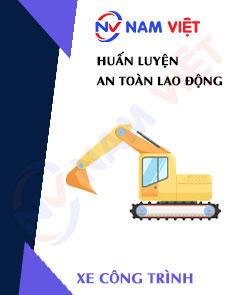
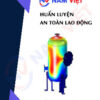
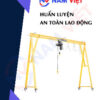



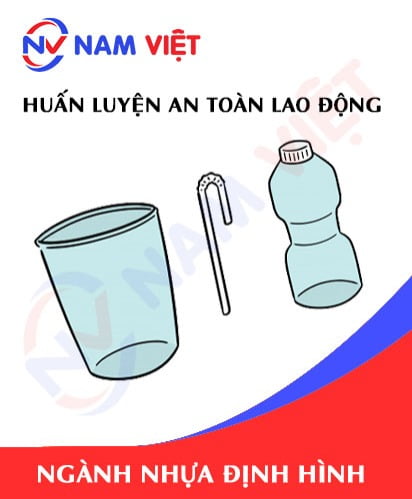
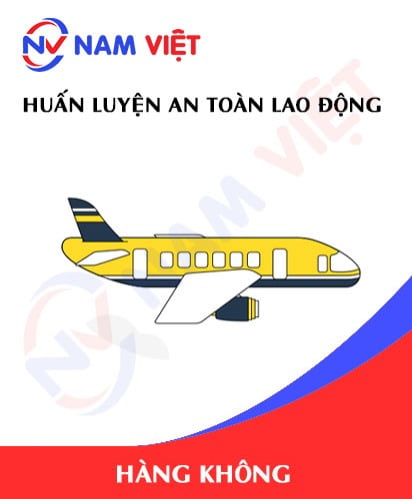
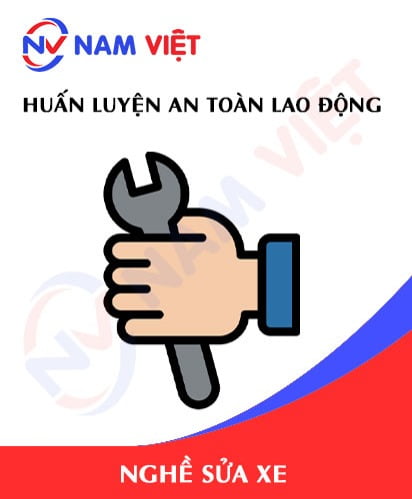
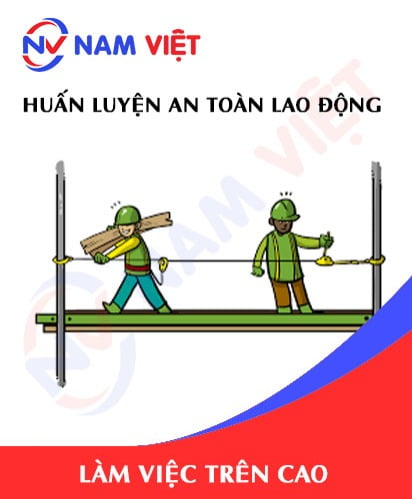

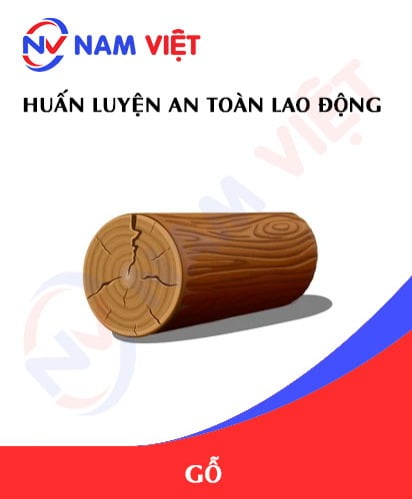
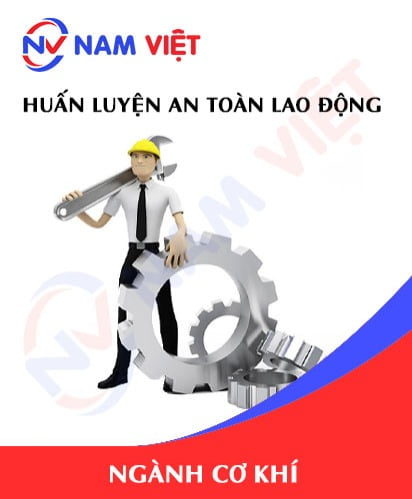
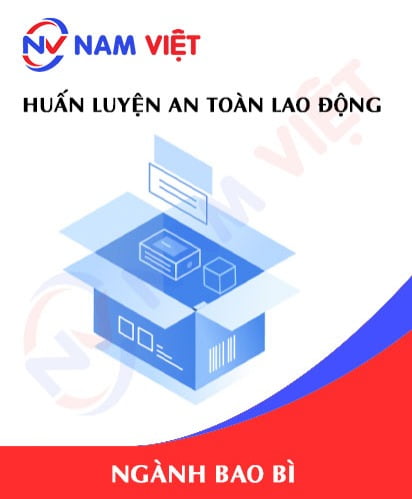
phanminhhang341
Very good occupational safety training service, the instructor teaches very lively and easy to understand!